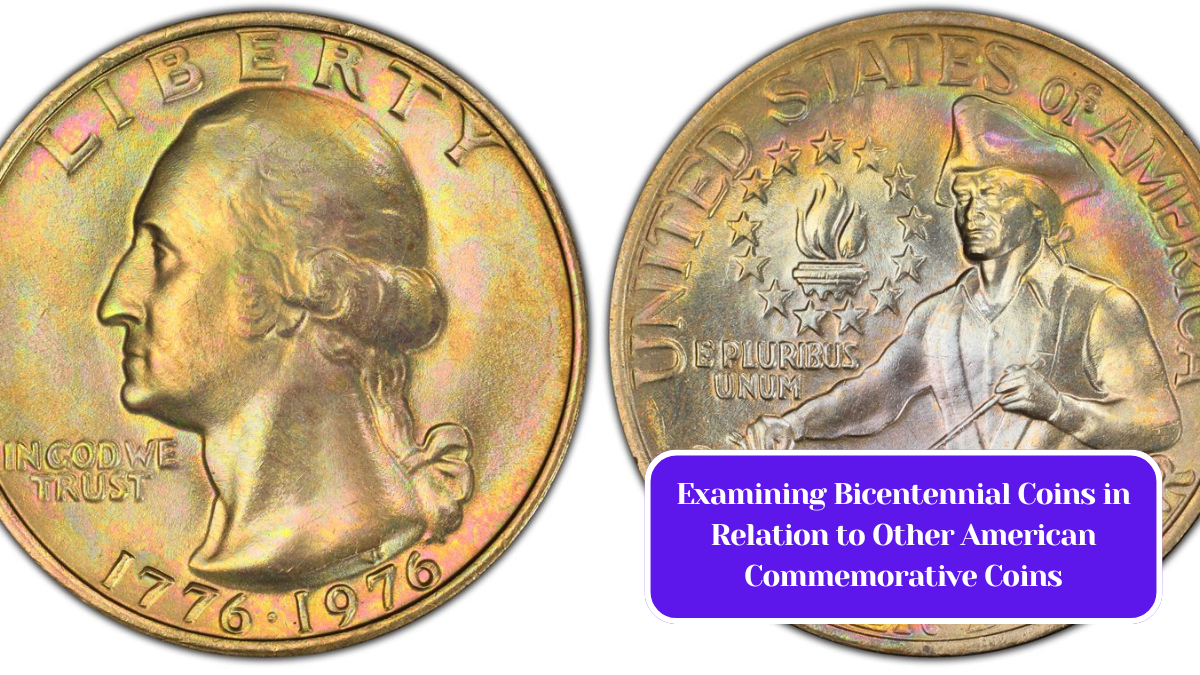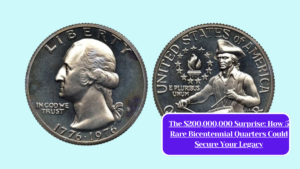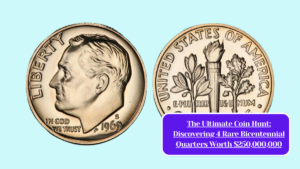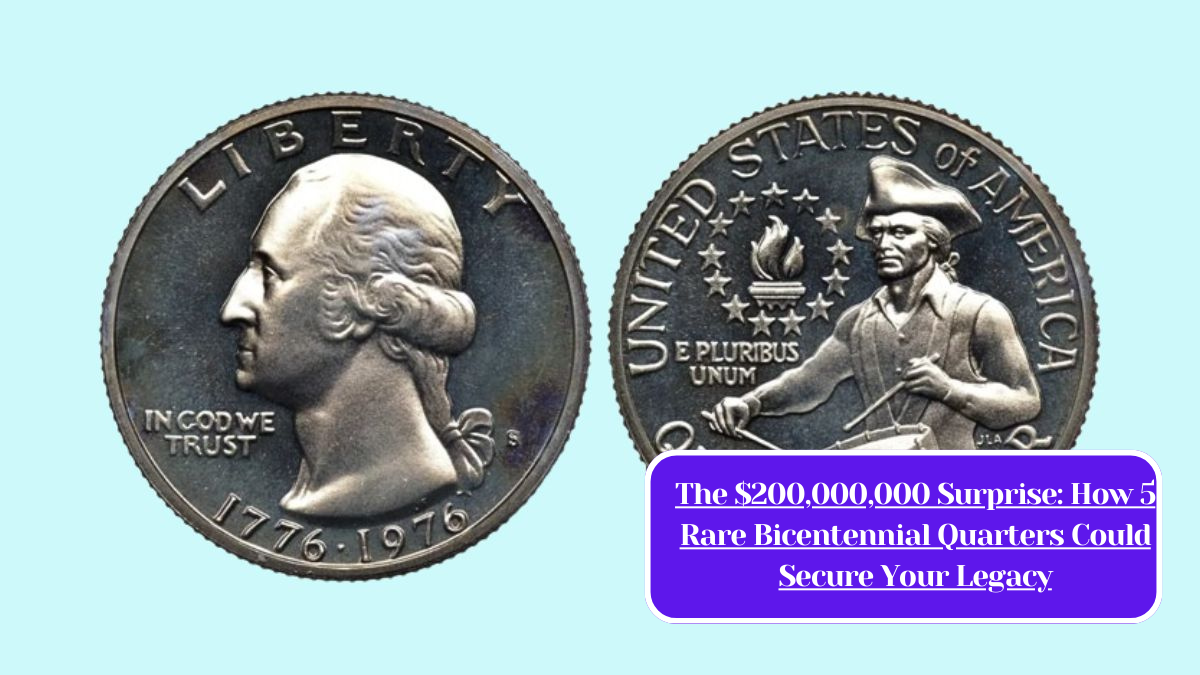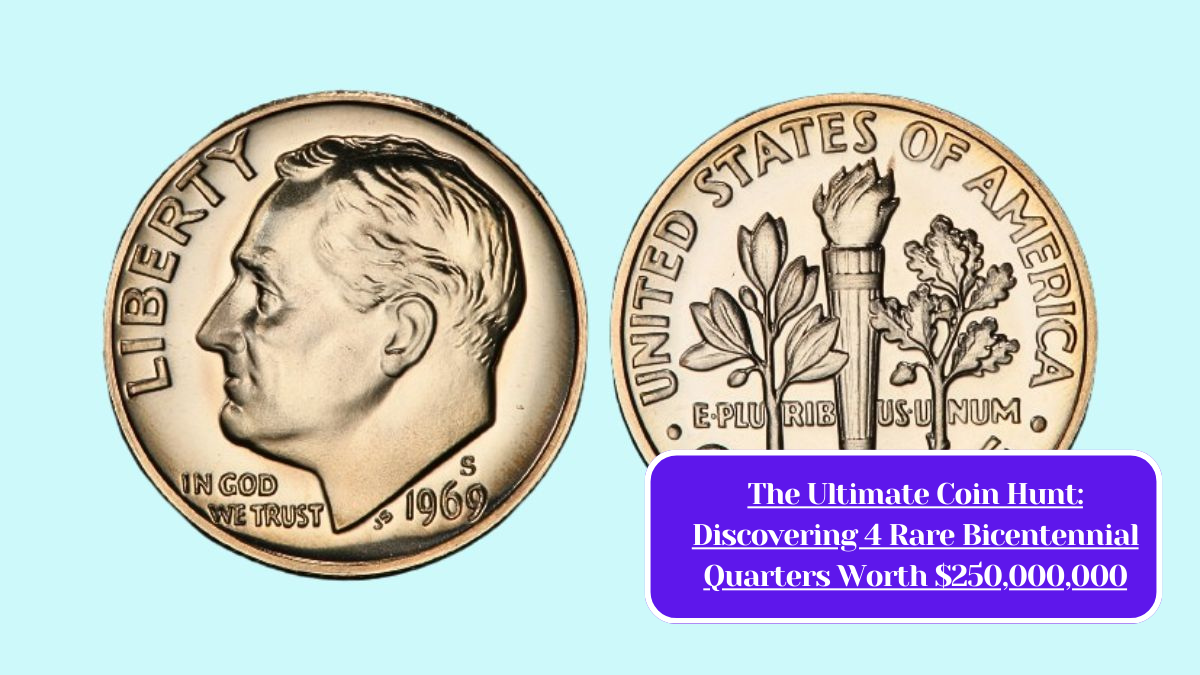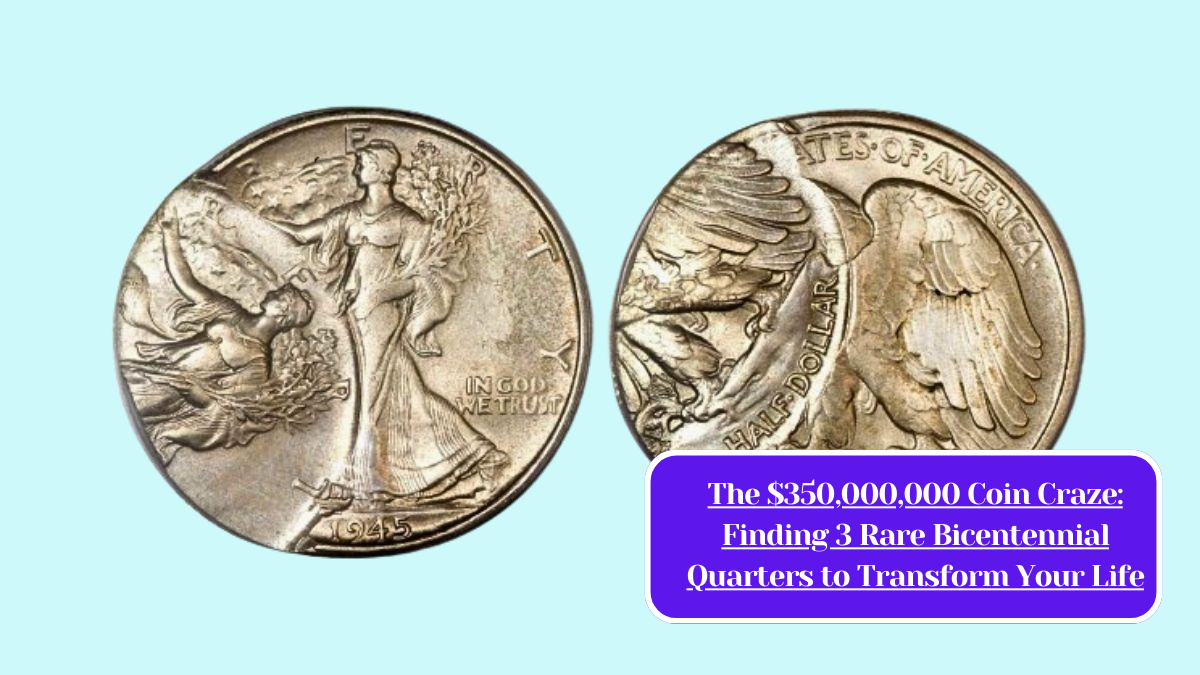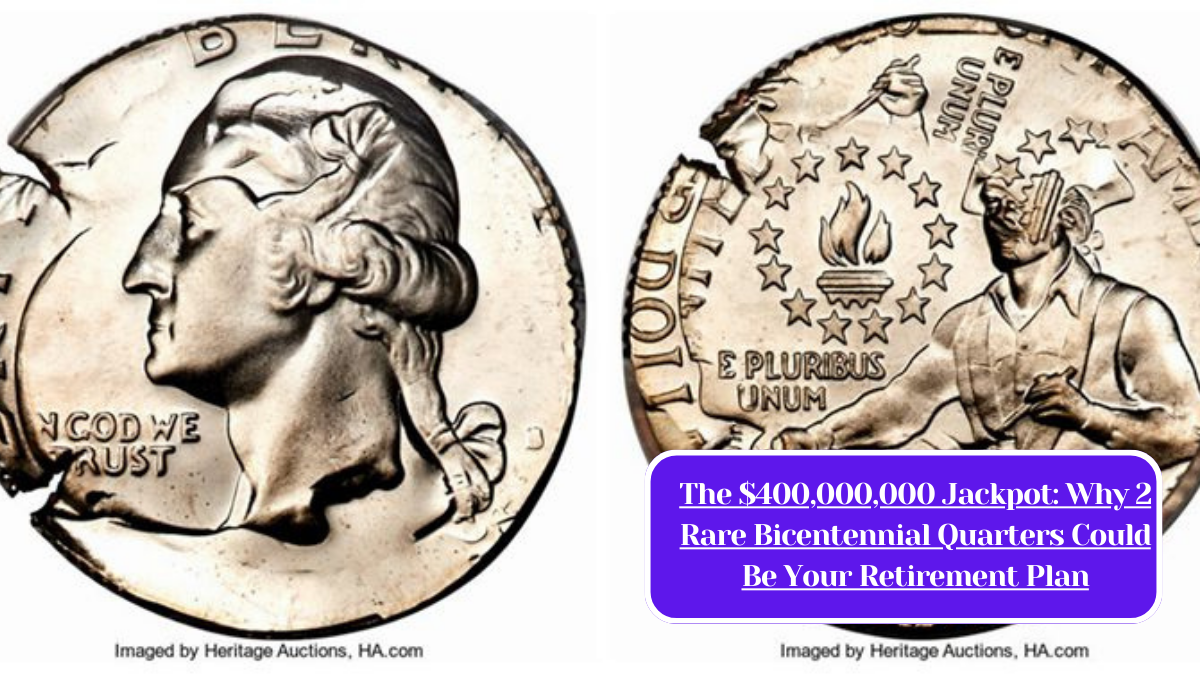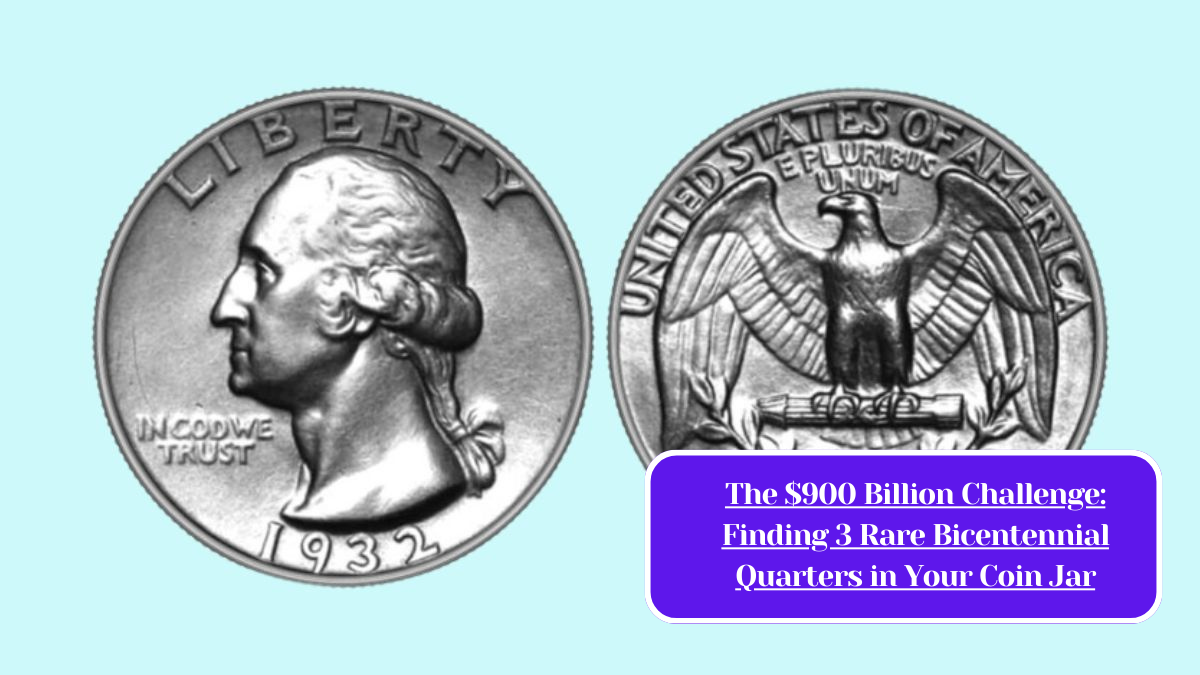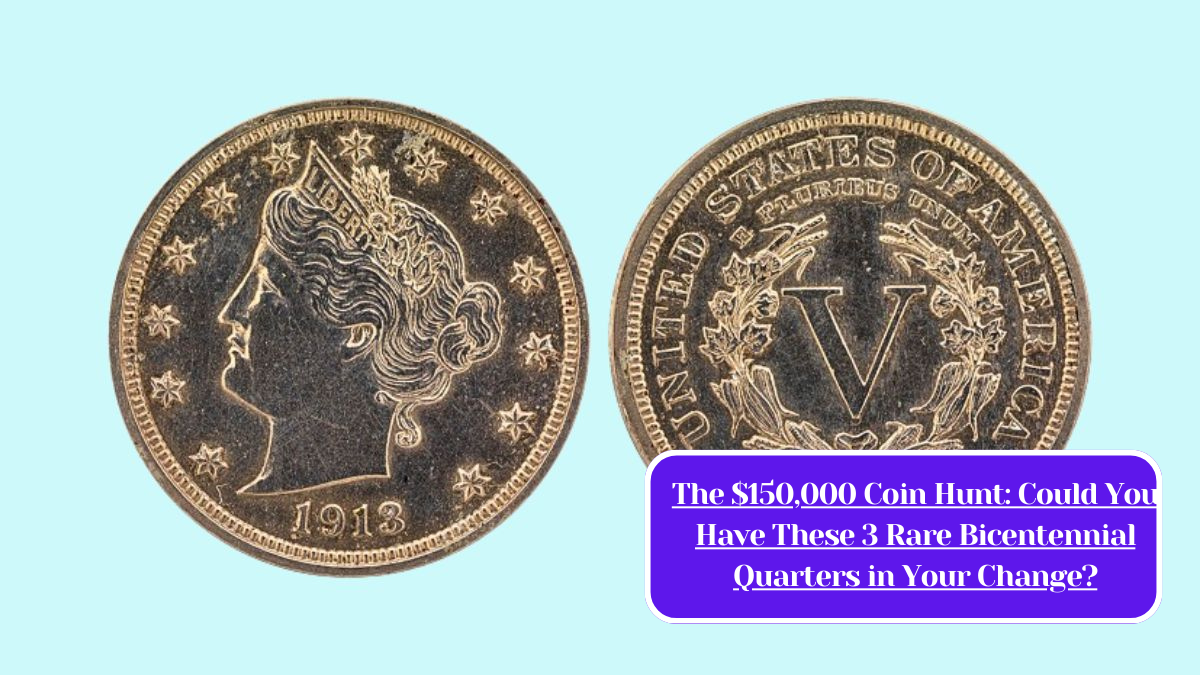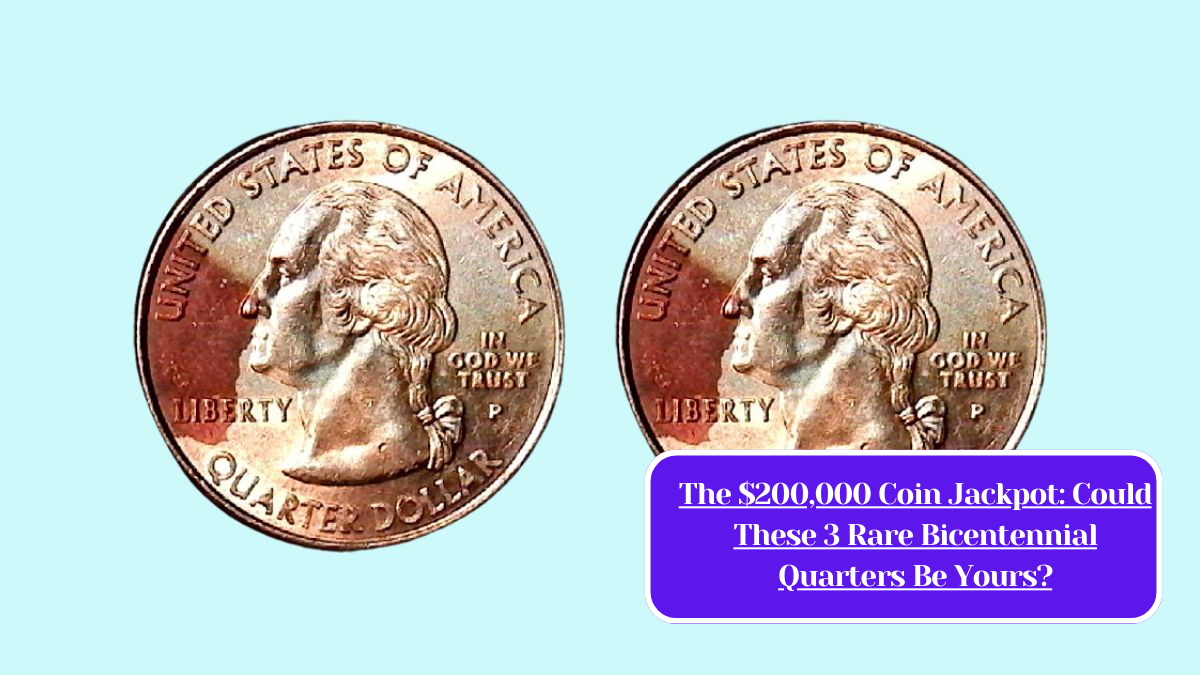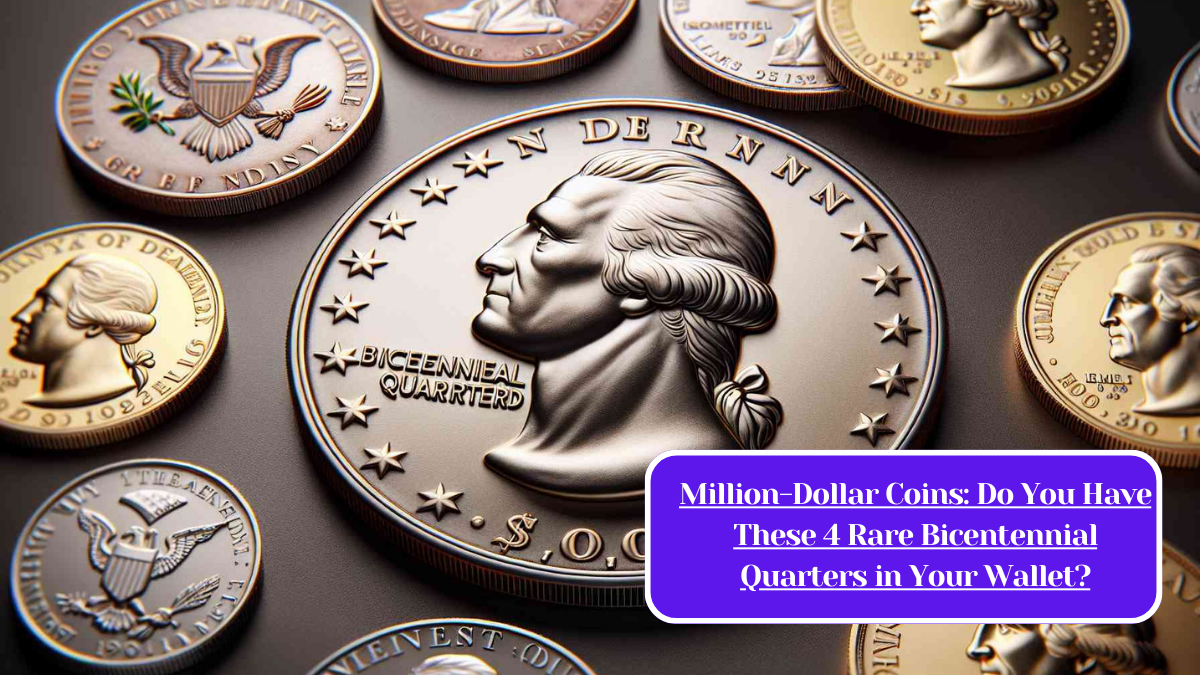Commemorative coins have long served as tangible tokens of historical milestones, cultural significance, and national pride in the United States. Among these, the Bicentennial coins, minted in 1975 and 1976 to celebrate the 200th anniversary of the Declaration of Independence, hold a special place in American numismatic history. This article explores the unique attributes of the Bicentennial coins, comparing them to other American commemorative coins to understand their significance and legacy.
The Bicentennial Coins: A Brief Overview
The United States Bicentennial coins consist of the quarter, half dollar, and dollar, each featuring designs that honor the nation’s heritage. The quarter depicts a colonial drummer, the half dollar showcases Independence Hall, and the dollar features a depiction of the Liberty Bell superimposed on the moon. One of the most notable features is that these coins were minted in 1975 and 1976, with the designs celebrating both the country’s past and its ongoing journey.
These coins were not only produced for circulation but also became popular collectibles. They were intended to inspire patriotism and commemorate a pivotal moment in American history, making them more than just currency but also symbols of national identity.
A Look at Other American Commemorative Coins
American commemorative coins have been minted since the late 19th century, often celebrating significant events, anniversaries, or notable figures. Unlike the Bicentennial coins, which were minted en masse and circulated widely, many commemorative coins are produced in limited quantities and aimed at collectors.
1. Early Commemorative Coins
The first wave of American commemorative coins began in 1892 with the Columbian Exposition Half Dollar, celebrating Christopher Columbus’s voyage to America. This trend continued throughout the early 20th century, producing coins for events like the 1904 Louisiana Purchase Exposition and the 1915 Panama-Pacific International Exposition. These coins often reflected the cultural and social values of their time, serving as both collectibles and souvenirs of national pride.
2. Modern Commemorative Issues
In recent decades, commemorative coins have celebrated a broader array of themes, from civil rights leaders to national parks. The 1999-2008 state quarter program reignited public interest in commemorative coins, paralleling the Bicentennial coins’ goal of engaging citizens with their national heritage.
3. Design and Artistic Value
While the Bicentennial coins are celebrated for their historical significance, other commemorative coins often shine in their artistic merit. Coins like the 1986 American Gold Eagle and the 1995-W American Silver Eagle feature designs by renowned artists and are treasured for their aesthetic appeal. Comparatively, the Bicentennial designs, while iconic, were not necessarily created with artistic grandeur in mind.
The Impact of Bicentennial Coins
The Bicentennial coins stand out not only for their commemorative purpose but also for their impact on the numismatic community. They marked a pivotal shift in how commemorative coins were perceived by the public, leading to increased interest in coin collecting as a hobby. The accessibility of the Bicentennial coins encouraged a broader demographic to participate in numismatics, fostering a sense of community among collectors.
Moreover, the coins contributed to a resurgence of patriotism in the 1970s, aligning with other cultural movements of the time. Their release coincided with various celebrations across the nation, solidifying their role in American collective memory.
Examining Bicentennial coins in relation to other American commemorative coins reveals a rich tapestry of history, artistry, and cultural significance. While the Bicentennial coins celebrate a specific milestone in American history, they also reflect the broader evolution of commemorative coins in the United States. As both currency and collectible, they symbolize a unique moment in time, bridging the past with the present and inspiring future generations to appreciate the nation’s heritage. Through these coins, we not only commemorate history but also keep the spirit of that history alive in our collective consciousness.
